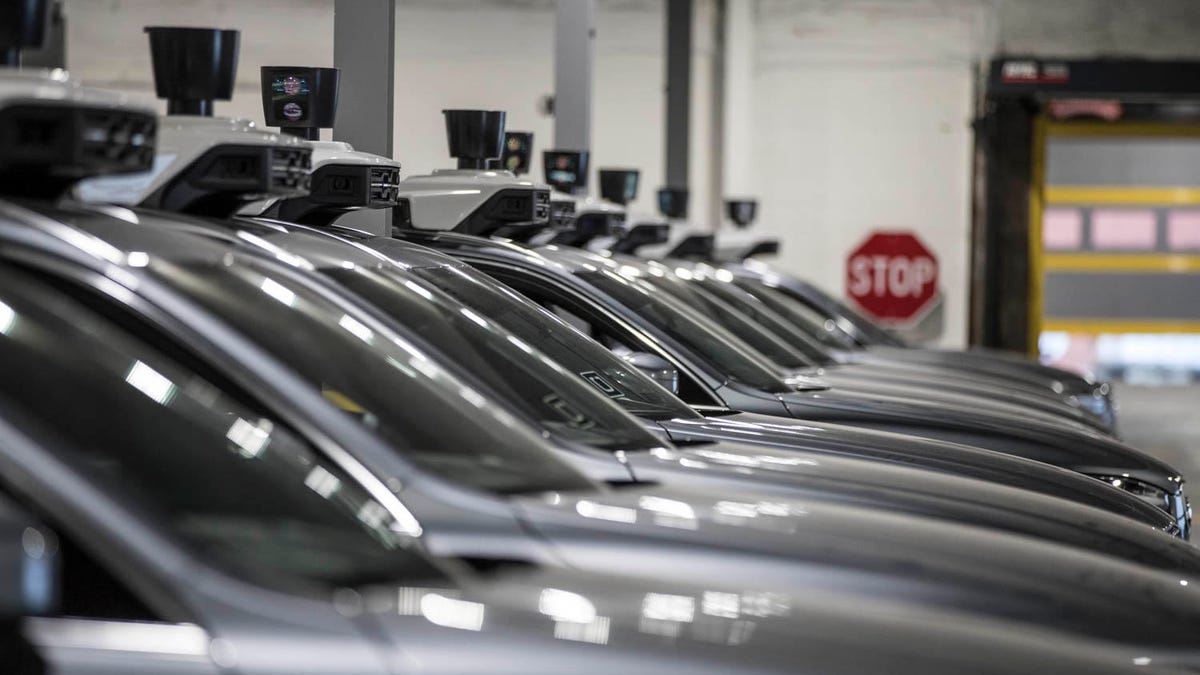Uber's self-driving cars return to public roads after fatal crash
After a nine-month hiatus, Uber says, its autonomous vehicles are now safer.

Uber's self-driving cars are ready again for Pittsburgh's streets, the company says.
Uber took its self-driving cars off the road last March, after a fatal accident, the first known pedestrian death caused by a vehicle in full autonomous mode. After that, Uber's self-driving program fell under the scrutiny of local police, lawmakers and federal investigators.
Now the company says it's ready to put its self-driving fleet back on public roads.
Uber's self-driving cars will resume on-road testing in Pittsburgh on Thursday, the company said in a statement, a move that follows approval from Pennsylvania's Department of Transportation for Uber to test the vehicles on state roads. Pittsburgh was the first city to host Uber's self-driving cars and is home to the company's autonomous-vehicle headquarters.
"Over the past nine months, we've made safety core to everything we do," Eric Meyhofer, head of Uber's autonomous-vehicle program, said in a statement Thursday. "This required a lot of introspection and took some time. Now we are ready to move forward."
Uber will also put self-driving cars back on the streets of San Francisco and Toronto, though these vehicles won't be operating in full autonomous mode just yet. Instead, the company said, they'll come with two human drivers who'll maintain control of the cars at all times.
Best known for its ride-hailing service, Uber has been operating self-driving cars in the same manual mode in Pittsburgh since July. This type of driving allows the cars' systems to map city streets and helps ready the vehicles for the open road.
The deadly March crash was a blow to Uber's autonomous-vehicle program and raised questions about whether the company could keep it up and running. Since then, Uber has shuttered its self-driving car operations in Arizona, where the crash occurred, and laid off all its nearly 300 autonomous-vehicle test drivers in the state. It's laid off another 100 test drivers in Pittsburgh.
The accident happened on a Sunday night in Tempe, Arizona. Video footage from the car's dashboard cameras captured the crash. One video shows the pedestrian, Elaine Herzberg, walking her red bike across a dark road at the moment of impact. Another video shows the ride-along safety driver sitting at the wheel constantly glancing down at her smartphone in her lap. She looks up just as the car collides with Herzberg.
Federal investigators are still working on their full report about what went wrong, but they've released some preliminary information. It appears one of the causes of the accident may have been that the automatic emergency braking system was disabled. So even though the car "saw" Herzberg six seconds before the crash, it failed to apply the brakes.
Uber said the automatic emergency braking system on all its self-driving cars will be activated at all times going forward. It is working on its autonomous vehicles with Volvo , which built the car involved in the crash.
The company also said it'll have two safety drivers at the wheel of all cars. These drivers will be tracked to ensure they're actively monitoring the vehicle. Additionally, Uber's self-driving cars will no longer carry passengers, as they did in the past. They'll only operate during daylight hours on weekdays.
The self-driving cars, Uber said, have to pass more than 70 scenarios on a test track before they're put on public roads.
The Smartest Stuff: Innovators are thinking up new ways to make you, and the things around you, smarter.
CNET's Holiday Gift Guide: The place to find the best tech gifts for 2018.

